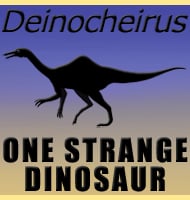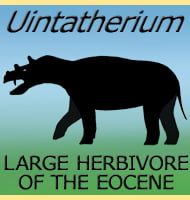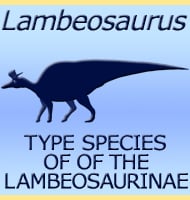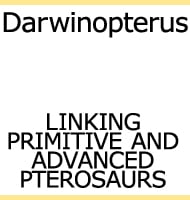In Depth
Further Reading
– Cave occupation during Palaeolithic times: Man and/or Hyena?” in The Role of Early Humans in the accumulation if European Lower and Middle Palaeolithic bone assemblages. – Ergebnisse eines Kolloquiums, vol. 42, Monographien. Edited by S. Gaudzinski and E. Turner, pp. 73-88. Bonn: Verlag des R�misch-Germanischen Zentralmuseums. – P. Fosse – 1999. – Gnawed Bones Tell Tales – ASU Research – Lynette Summerill – 2003. – Comparative ecology and taphonomy of spotted hyenas, humans, and wolves in Pleistocene Italy. – Revue de Pal�obiologie, Gen�ve. 23 (2) : 771-785. ISSN 0253-6730 – Mary C. Stiner – 2004. – The presence of cave hyaena (Crocuta crocuta spelaea) in the Upper Palaeolithic rock art of Europe. – Historia naturalis bulgarica, 16: 159-166. – N. Spassov & T. Stoytchev – 2004. – The population history of extant and extinct hyenas. – Molecular Biology and Evolution,. 22: 2435-2443.- N. Rohland, J. L. Pollack, D. Nagel, C. Beauval, J. Airvaux, S. Paabo & M. Hofreiter – 2005. – Prey deposits and den sites of the Upper Pleistocene hyena Crocuta crocuta spelaea (Goldfuss, 1823) in horizontal and vertical caves of the Bohemian Karst (Czech Republic). Bulletin of Geosciences 81(4), 237–276 (25 figures). – Czech Geological Survey, Prague. ISSN 1214-1119. – C. G. Diedrich & K. Zak – 2006. – Comparison of Crocuta crocuta crocuta and Crocuta crocuta spelaea through computer tomography. – Ph.D. Thesis, Univ. Vienna, Austria. – M. Dockner – 2006. – A View to a Kill: Investigating Middle Palaeolithic Subsistence Using an Optimal Foraging Perspective. – Sidestone Press. pp. 127-143. – Gerrit Leendert Dusseldorp – 2008. – Were the Late Pleistocene climatic changes responsible for the disappearance of the European spotted hyena populations? – Quaternary Science Reviews, 29: 2027-2035. – S. Varela, J. M. Lobo, J. Rodr�guez & P. Batra – 2010. – Are herbivores and spotted hyena extinctions at the end of the Pleistocene related? – Zona Arqueologica, 13: 76-91. – S. Varela, J. M. Lobo & J. Rodr�guez – 2010. – Specialized horse killers in Europe – foetal horse remains in the Late Pleistocene Srbsko Chlum-Kom�n Cave hyena den in the Bohemian Karst (Czech Republic) and actualistic comparisons to modern African spotted hyenas as zebra hunters. – Quaternary International, vol. 220, no. 1-2, pp. 174-187. – C. Diedrich – 2010. – Coprolites as a source of information on the genome and diet of the cave hyena. – Proceedings of the Royal Society B: Biological Sciences. 279 (1739): 2825–2830. – C. Bon, V. Berthonaud, F. Maksud, K. Labadie, J. Poulain, F. Artiguenave, P. Wincker, J.-M. Aury & J.-M. Elalouf – 2012.










